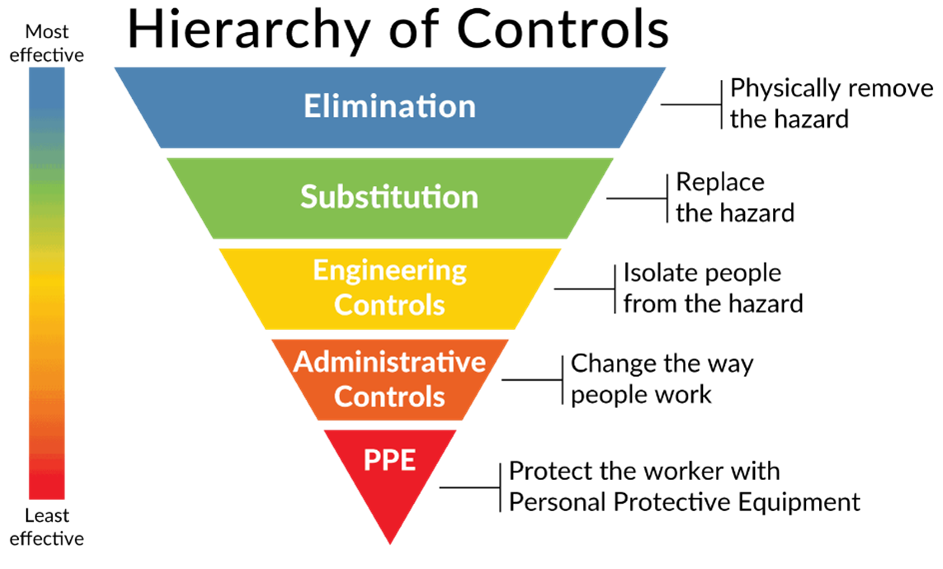UW Photography Guidelines
The UW Photography Guidelines are intended for use in research, shop settings and other University locations with hazardous materials and/or physical safety hazards.
The UW Photography Guidelines are intended for use in research, shop settings and other University locations with hazardous materials and/or physical safety hazards.
The Biological Safety program is designed to maintain safe conditions in biological research and prevent harm to humans, animals and the environment. Safe biological research includes appropriate facilities and equipment, adequate training, proper laboratory practices and safe working conditions. Biological safety helps protect the UW community of students, faculty, staff and visitors. It also helps maintain our academic excellence and integrity and ensure research funds from the National Institutes of Health (NIH) and other funding sources.
During National Biosafety Month in October, EH&S is encouraging labs working with biohazards to identify hazards that could be substituted with a safer alternative to reduce the potential for harm while performing the same function.
Examples of safer alternatives include:

The Biological Reproductive Hazards Focus Sheet provides guidance to University personnel who may be potentially exposed to certain biological agents and are pregnant or planning to become pregnant.
UW personnel working with guinea pigs, hamsters, and gerbils should follow these occupational health recommendations.
Labs use the Vacuum Pump Maintenance SOP Template (Word) to develop standard operating procedures for routine maintenance of diaphragm vacuum pumps.
Labs use the Furnace Maintenance SOP Template (Word) to develop standard operating procedures for the use and routine maintenance of furnaces.
Labs use the Centrifuge Maintenance SOP Template (Word) to develop standard operating procedures for routine maintenance of centrifugal equipment.
Proper use and maintenance of laboratory equipment can protect the safety of both the personnel and the equipment in use. Certain equipment found within labs may warrant greater attention than others depending on the specific hazards present.